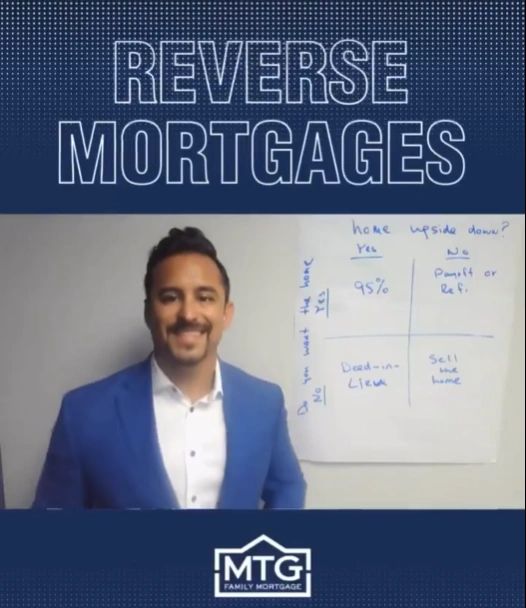The Essentials of Reverse Mortgage for Seniors
Understanding this option can help retirees make informed decisions.
Reverse Mortgage: What It Means for Retirees
A reverse mortgage is designed to provide funds by leveraging the equity of your property.
Understanding the Functionality of Reverse Mortgage
Here’s what you need to know about their functionality:
- Age Requirement: The primary criterion is being 62 or above.
- Receiving Funds: Customize the method that works best for your lifestyle.
- Repayment Terms: Repayment occurs when the homeowner sells, moves out, or passes away.
Different Options in Reverse Mortgages
There are several reverse mortgage options tailored to specific needs:

- Standard Reverse Mortgage: Reliable and regulated for seniors.
- Proprietary Reverse Mortgage: Designed for high-value homes, offered by private lenders.
- Single-Purpose Reverse Mortgage: Limited use, often for home repairs or property taxes.
Why Reverse Mortgages Are a Popular Choice
Seniors often consider reverse mortgages as they address many common retirement challenges:
- Financial Relief: No need to worry about ongoing payments.
- IRS Exemption: Payments are not considered taxable income.
- Remain at Home: Use the loan without moving out.
- Personalized Disbursement: Options to suit your lifestyle.
Drawbacks to Consider Before Choosing Reverse Mortgage
Before opting for a reverse mortgage, it’s important to evaluate potential downsides:
- Accruing Interest: Loan balances increase over time.
- High Upfront Costs: Includes origination fees and insurance premiums.
- Inheritance Impact: Reduces the value of the estate left for heirs.
- Terms Compliance: Missing key requirements may jeopardize your loan.
Assessing Your Need for a Reverse Mortgage
Think about the long-term implications before committing to this loan.
Conclusion: The Role of Reverse Mortgages in Retirement Planning
Responsible use and proper planning are key to maximizing their benefits.
